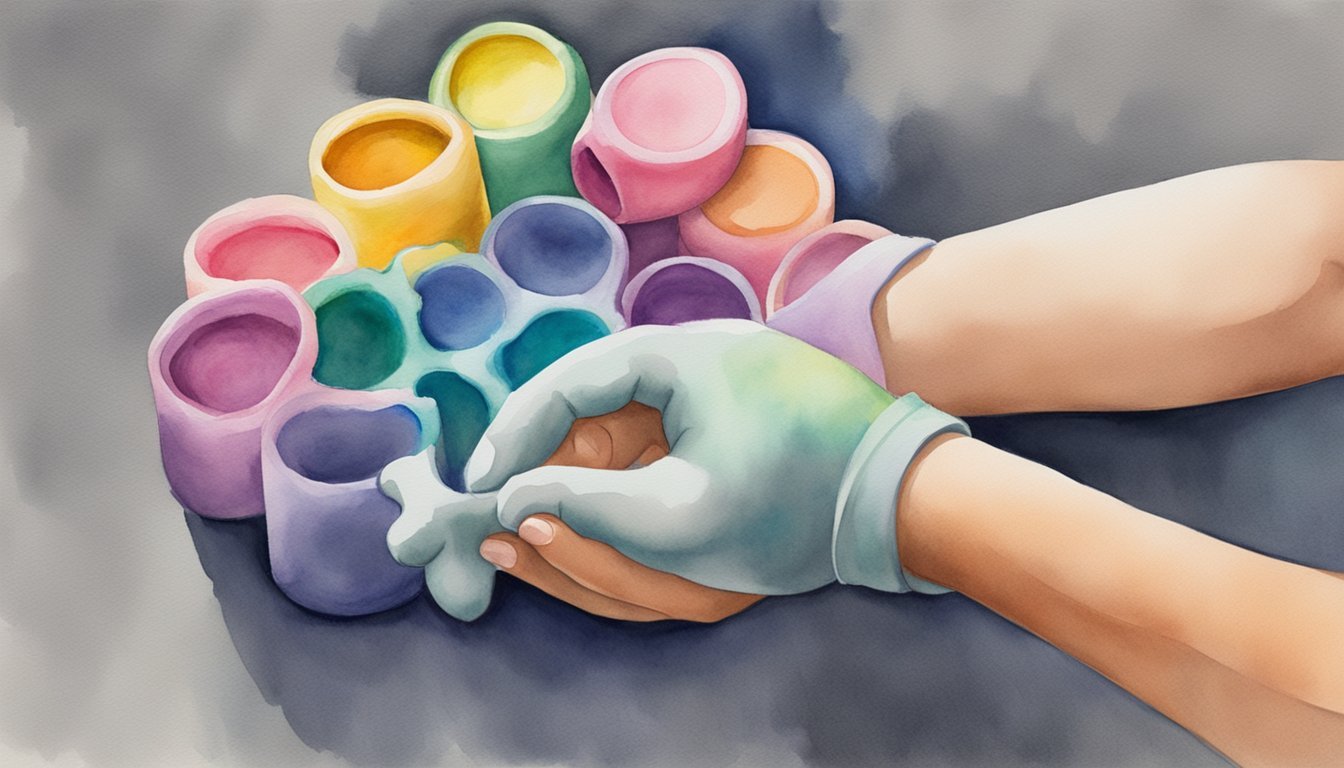Play-Doh’s Origins and Initial Purpose
Play-Doh is widely known as a vibrant, pliable substance cherished by children for crafting and play. Yet, its story began far from the world of toys. The modeling compound emerged from Cincinnati, Ohio, bearing a distinctly mundane purpose—it was a wallpaper cleaner. In the era before vinyl wallpaper, coal was the primary heating source in homes, leaving a challenging residue on walls.
The compound that would become Play-Doh was originally designed in the 1930s to address this cleaning problem. Developed by Kutol Products—a soap company fighting for survival—the non-toxic material was marketed solely as a cleaning product. It was an off-white putty that homeowners could roll across their wallpaper to remove soot and dirt without the need for water that could potentially damage the delicate surfaces.
The inventors, Joseph and Noah McVicker, stumbled upon a secondary use for their product. As the need for wallpaper cleaners diminished with the advent of vinyl wallpaper and less sooty heating methods, the McVickers pivoted the product’s purpose toward play. Marketed under the now-famous Play-Doh brand, the reinvented compound found a new life as a toy in the mid-1950s and quickly became a staple in schools and homes, fostering creativity in children around the world.
This unintended shift from a household cleaning product to an educational tool remains one of the most serendipitous events in toy history, spotlighting the unpredictable nature of invention and the adaptability of companies to repurpose their products for entirely new markets.
From Cleaning Product to Iconic Toy

Originally designed as a wallpaper cleaner, Play-Doh has made a remarkable transition from a household cleaning agent to a beloved children’s toy that has sparked creativity and learning for generations.
The Rebranding Journey
Play-Doh’s journey began in Cincinnati, Ohio, when it was a non-toxic, doughy compound created by Kutol Products, designed to remove soot and dirt from wallpaper. In the mid-20th century, homes used coal for heat, leaving a layer of soot that needed to be cleaned off walls. However, with the decline in the use of coal and the introduction of washable wallpapers, the product’s original utility was diminishing. It was Kay Zufall, a schoolteacher and the sister-in-law of Kutol’s employee, Joseph McVicker, who discovered another use for the malleable substance: a modeling clay for children.
Realizing the potential, McVicker founded the Rainbow Crafts Company to market the product now known as Play-Doh. The compound was made up of a simple non-toxic recipe including flour, water, salt, borax, and mineral oil, giving it its distinctive smell and texture. Initially offered in just one color, an off-white, it soon expanded into a vibrant palette with the introduction of new colors: red, yellow, and blue.
Play-Doh’s Impact on Creativity and Learning
Play-Doh was not just rebranded in terms of its purpose but also in its packaging and availability. Once sold in wallpaper stores, Play-Doh found a new home on the shelves of Kroger Grocery stores and even prominent department stores like Woodward & Lothrop. The creative potential of Play-Doh caught on rapidly as it was marketed towards schools and became a staple in arts and crafts, fostering children’s creativity and motor skills development.
The Play-Doh Fun Factory, an extrusion toy that allowed children to mold the dough into shapes, was a pivotal innovation, further cementing Play-Doh’s status in arts and crafts. The ability to shape, cut, and craft with the modeling compound helped children to express their imagination, aiding in both creative and cognitive development.
Renowned for its safe, nontoxic material, Play-Doh became a family favorite, enabling children to craft without the fear of harmful substances. These attributes have led Play-Doh to be recognized by the National Toy Hall of Fame, celebrating its enduring role as an educational and entertaining children’s toy.

